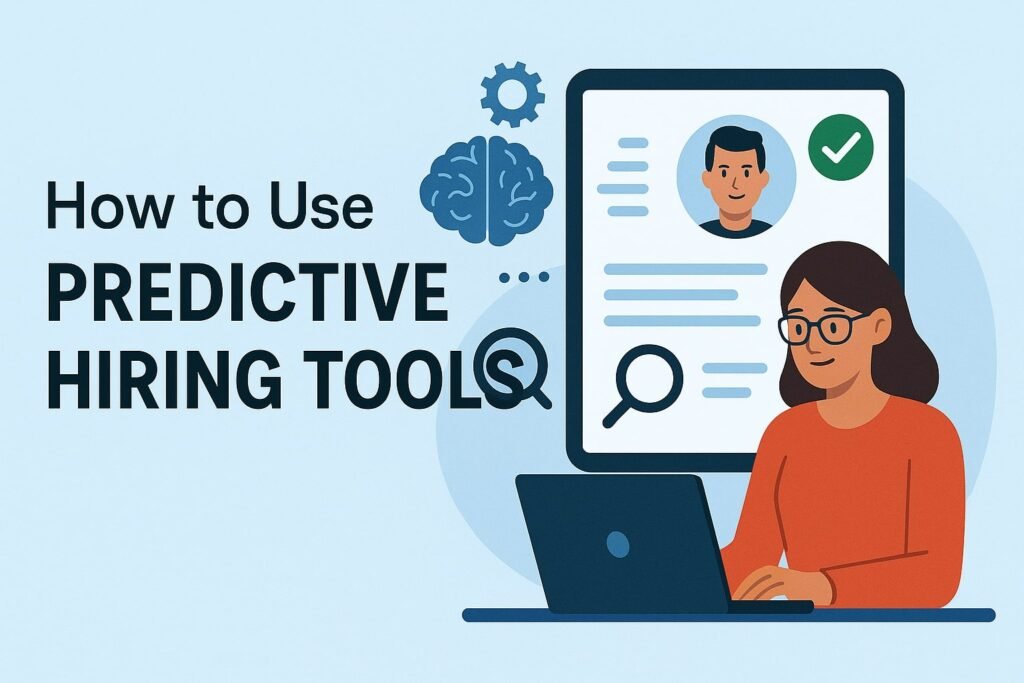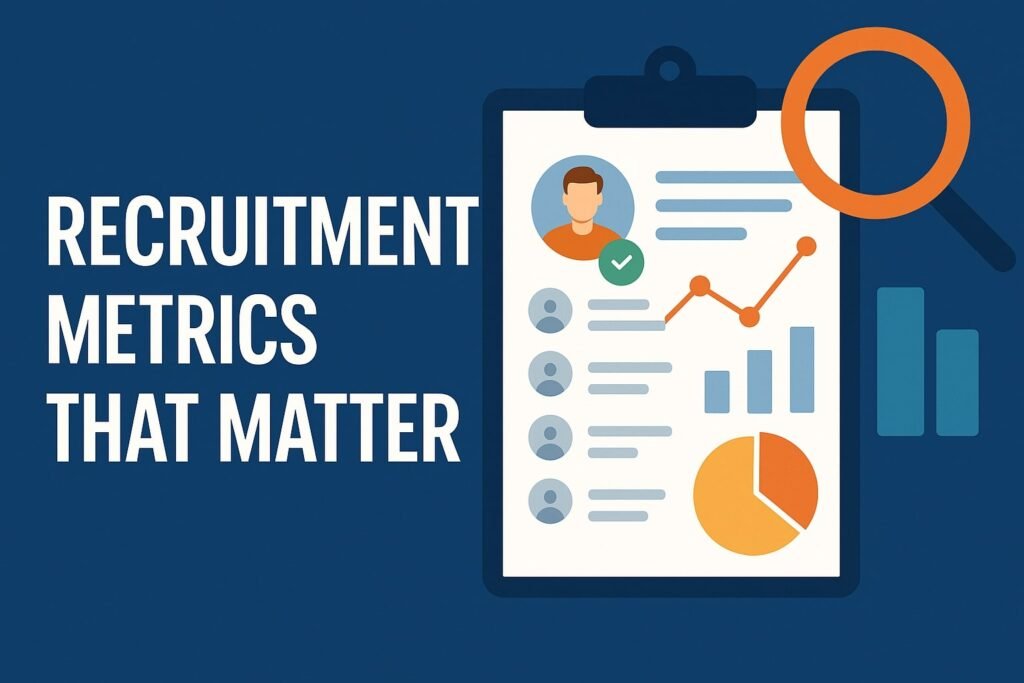How to Build a Resilient Financial Talent Pipeline for India’s BFSI Sector
Introduction
India’s banking, financial services, and insurance (BFSI) sector is experiencing rapid transformation driven by digitalization, compliance reforms, and evolving customer expectations. As competition intensifies, financial institutions must move beyond transactional recruitment and adopt a proactive approach to workforce planning.
Building a resilient financial talent pipeline is no longer optional — it is essential for banks, NBFCs, insurance companies, fintech firms, investment banks, valuation advisors, and financial KPOs to maintain a steady flow of skilled professionals ready to drive growth, innovation, and compliance. This blog explores practical steps and best practices to design a sustainable BFSI talent pipeline that safeguards your hiring goals for 2024 and beyond.
1. Why Talent Pipelines Matter in BFSI
A robust talent pipeline ensures you aren’t left scrambling for critical roles during business expansion, regulatory change, or turnover spikes. In financial services, where regulatory risks and digital disruptions happen quickly, a proactive pipeline allows you to:
- Reduce time-to-hire for niche roles
- Access high-quality passive candidates
- Minimize business disruption
- Build future leadership capacity
- Improve diversity and inclusion
2. Identify Critical Skills for Financial Services
A successful pipeline strategy starts with understanding what skills will define BFSI growth in the next 1–3 years. Focus on high-impact, hard-to-replace roles such as:
- Risk and compliance professionals (AML, KYC, regulatory)
- Digital banking engineers and product managers
- Cybersecurity analysts
- Credit and collections specialists
- Valuation and M&A analysts
- Relationship managers and wealth advisors
Work with department heads and business leaders to create a skills inventory mapped to your business growth plan.
3. Use Talent Mapping to Build Visibility
Talent mapping involves systematically identifying, tracking, and engaging passive candidates before a role goes live. Financial organizations can leverage:
- Social media talent pools
- Alumni networks
- CFA, CA, MBA program databases
- Competitor talent maps
By continuously researching and updating these maps, you gain a strategic advantage — cutting your time-to-hire and improving offer acceptance rates.
4. Nurture Passive Candidates Proactively
BFSI roles, especially senior or niche ones, cannot rely solely on active applicants. Build relationships with passive candidates by:
- Sharing market insights
- Involving them in webinars or thought-leadership events
- Sending occasional check-ins on career goals
This keeps your employer brand top-of-mind while building a pool of pre-warmed candidates who trust your business.
5. Strengthen Employer Branding for the Financial Sector
Your brand reputation has a direct impact on your pipeline success. In a competitive BFSI talent market, a strong employer brand helps attract and retain financial specialists. Focus on:
- Communicating your purpose and values
- Showcasing employee stories and success journeys
- Promoting diversity and inclusion efforts
- Highlighting innovation in financial products
This narrative helps attract modern BFSI talent who value mission-driven, secure, and technology-enabled workplaces.
6. Integrate Predictive Workforce Planning
Predictive workforce planning uses data to forecast future hiring needs based on:
- Attrition rates
- Skills gaps
- Growth targets
- Seasonal spikes
AI-enabled tools can model “what if” scenarios and highlight which skills will be in short supply — giving you time to build or buy talent before a shortage hits.
7. Partner with Specialized Recruitment Experts
For niche areas like investment banking, valuation, risk, and compliance, working with domain-specialized recruitment partners can dramatically improve pipeline quality. These experts offer:
- Deeper access to passive talent networks
- Industry-tested assessments
- Understanding of regulatory compliance
- Smoother onboarding and retention
This partnership ensures a resilient talent pipeline while freeing your in-house HR team to focus on core priorities.
8. Build an Internal Culture of Talent Agility
Your internal workforce should also be part of the pipeline strategy. Financial organizations can:
- Cross-train staff for emerging digital roles
- Offer certifications in risk, credit, or analytics
- Launch leadership development programs
An internal mobility strategy ensures you nurture existing employees while reducing the cost of hiring externally.
Conclusion
The BFSI sector in India is only getting more competitive, technology-driven, and compliance-focused. Building a resilient financial talent pipeline is your insurance policy against talent shortages, skills gaps, and growth bottlenecks.
At Valorega TalentEdge, we combine AI-powered recruitment tools with proven domain expertise to help banks, financial services, insurance, fintech, and investment firms proactively map, engage, and secure future-ready talent.






